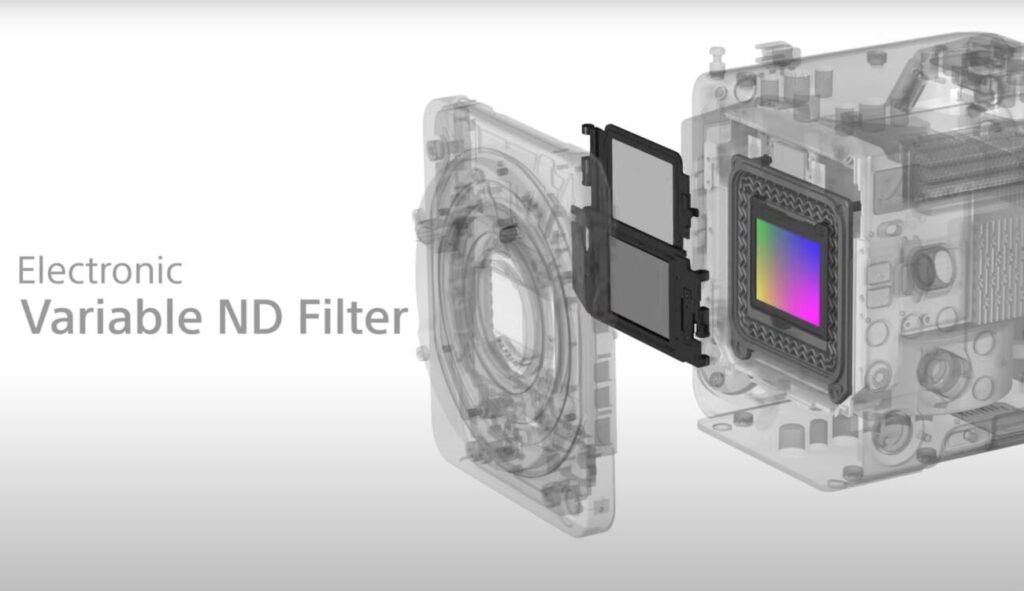Innovations in camera technology are rapidly evolving, and Sony is at the forefront of these advancements. One of the groundbreaking features they’ve introduced is the Electronic Variable ND filter. This feature, found in selected Sony camera models, is now being explained in a newly released series of video guides.
Sony’s Electronic Variable ND Filter: A Revolutionary Feature
Sony has unveiled a unique feature in its camera models – the internal Electronic Variable ND filter. This extraordinary functionality, accessible in the BURANO, PXW-FX9, PXW-FX6, PXW-Z280, and PXW-Z190 models, simplifies the process of filming and taking photographs by eliminating the need for external filters and adapters.
Delving into the System
The initial video in the series provides a comprehensive definition of the Electronic Variable ND filter. Unlike conventional internal optical ND filter wheels, which have fixed filter strength causing a jump when changing from one to another, Sony’s system is optically based and offers more flexibility.
Sony’s system provides three usage options:
- Using the dial on the side of the camera, the filter intensity can be adjusted from 1/4 to 1/128.
- The ‘Auto ND’ feature from the menu allows the camera to adjust the filter automatically to find the correct exposure while shooting. This is particularly useful for outdoor filming or live events where light conditions are constantly changing.
- Setting fixed filter levels, a method that many professional video camera users are familiar with. The default values can be changed to suit each situation.
What is “Electronic Variable ND Filter”? | Electronic Variable ND Filter | Sony – YouTube
Understanding the System’s Functionality
The Electronic Variable ND filter system is a versatile tool that allows for a wide range of intensity changes from 1/4 to 1/128 (2 to 7 stops). The second video in the series explains how this system works. Normally, when light intensity changes, there are three options to adjust the image: changing the iris value, the shutter speed, or the ISO/gain. However, these adjustments can alter the image character.
How does it work? (Seamless Exposure Control) | Electronic Variable ND Filter | Sony (youtube.com)
Sony’s Electronic Variable ND filter provides a solution to these compromises by offering optical-based control over exposure without causing the issues mentioned above. The system changes exposure seamlessly, from 2 to 7 stops, thanks to the Auto ND mode.
Seamless Depth-Of-Field Control while Filming | Electronic Variable ND Filter | Sony (youtube.com)
This revolutionary system is especially beneficial when using third-party lenses, particularly photo or manual ones without de-clicked aperture rings, where iris adjustments are usually noticeable.
Benefits when using third party lenses | Electronic Variable ND Filter | Sony (youtube.com)
Last but not least, the Electronic Variable ND system allows users to choose and maintain their preferred iris range to avoid soft images at the widest apertures or diffraction when the aperture has to be drastically stopped down to compensate for exposure. This ensures a sharp image in every situation.
Use the Best Iris Range | Electronic Variable ND Filter | Sony (youtube.com)



